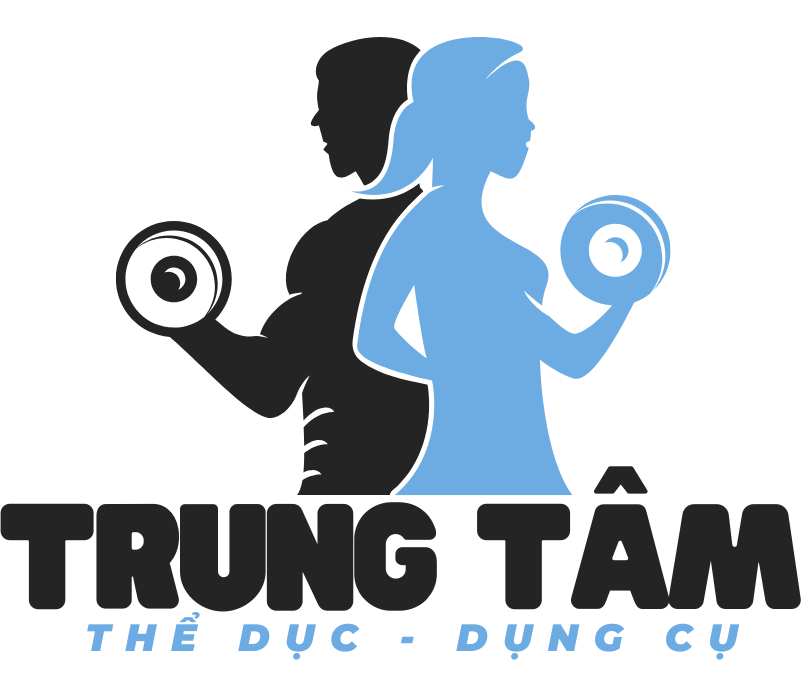Introduction
Entering 2025, men face new opportunities and challenges in health. With advanced gadgets and digital clinics, it’s possible to maximize vitality like never before. This detailed guide delivers 2000 words of health tips for men in 2025, covering diet, fitness, rest, mindset, screenings, technology, and daily routines.

1. Nutrition for Peak Performance
What you eat shapes energy, recovery, and long-term wellness. In 2025, personalized nutrition plans powered by DNA insights and machine learning enable men to eat the optimal nutrient ratios. Include legume proteins and fermented foods for digestive balance.
2. Fitness in the Digital Age
Exercise is the most potent medicine for aging well. Use smart apps that adapt workouts based on your VO2 max and sleep quality. Alternate bodyweight circuits with resistance bands to prevent plateaus.
Section 3: Rest
Quality sleep is the unsung hero of health. In 2025, sleep trackers use AI to adjust firmness and monitor stages. Aim for seven to nine hours nightly, regular bedtimes, and wind-down routines like deep breathing.
4. Mental Health Mastery
Stress management is as vital as physical fitness. Use neurostimulation tools for calm and mental clarity. Practice journaling and cognitive techniques for mental agility.
5. Preventive Care
Early detection saves lives. In 2025, remote diagnostics for cholesterol, hormone levels, and microbiome health allow men to monitor key biomarkers. Schedule yearly check-ups, colonoscopy after age 45, and DEXA scans if at risk.
Section 6: Digital Tools
Technology is reshaping men’s health management. Leverage AI meal planners that sync with your workout logs for macro balance. Telemedicine platforms connect you to specialists worldwide, while online dispensaries deliver medications to your door.|Implement virtual training for motivation and home gyms for convenience.}
Section 7: Reproductive Wellness
Open conversations about sexual health reduce stigma. Use online platforms for STD tests, erectile dysfunction help, and hormone therapy. Discuss libido changes with professionals and explore therapy if needed.
8. Natural Remedies
Natural compounds support recovery and anti-aging. Explore herbal blends like ashwagandha for energy. Always check with a health professional and choose certified brands for quality.
Section 9: Lifestyle Habits
Consistency beats intensity. Practice SPF use and skin care to prevent aging. Optimize posture at desks, take movement breaks, and mobilize to avoid injuries.
Final Thoughts
Men’s health in 2025 demands a holistic approach. Combine preventive screenings with tech solutions for continuous monitoring. Cultivate daily routines, stay informed, and evolve your plan as new research emerges.
Source site: Medium.com (male health men)

Introduction
As we enter 2025, gentlemen are seeking new ways to maximize muscle gain. This in-depth guide will show you methods to accelerate muscle gain with diet, workouts, rest, supplements, and technology.
Section 1: Nutrition Essentials
1. Lean Protein Priority
To build muscle, eat 1.6–2.2g of protein per kilogram of bodyweight daily. Incorporate whey protein powders and plant-based protein blends for convenience.
2. Complex Carbohydrates Matter
Carbs replenish muscle fuel and support recovery. Use simple carbs like dextrose post-workout.
3. Fats
Don’t shy away from nuts, flaxseed oil, and omega-3s. Balance omega-6 and omega-3 ratios for optimal health.
4. Hydration
Drink at least 3–4 liters of water daily to support nutrient transport and joint lubrication. Add electrolytes during long sessions.
Section 2: Workout Principles
1. Progressive Overload
Add 2–5% load each week or 1–2 reps per set for consistent gains. Use undulating periodization models for variation.
2. Big Lifts
Focus on back squats, deadlifts, incline press, bent-over rows, and military press. Alternate heavy and moderate days for optimal adaptation.
3. Single-Joint Movements
Use 2–4 sets of 8–15 reps to finish compound work. Incorporate drop sets and supersets for extra volume.
4. Frequency & Split
Train each muscle group 2–3 times per week for optimal growth. Monitor fatigue and deload every 4–6 weeks.
Section 3: Rest & Sleep
1. Rest
Aim for 7–9 hours of deep sleep nightly to support growth hormone.
2. Active Recovery
Incorporate light cardio, stretching, and soft tissue work on off days.
3. Stress Management
Chronic stress impairs recovery and growth.
Section 4: Supplements
1. Protein Powder
Supports muscle protein synthesis.
2. Creatine
Backed by decades of research for efficacy.

3. Carnosine Booster
3–6g daily to reduce fatigue during high-intensity sets.
4. BCAAs & EAAs
Support protein synthesis and prevent muscle breakdown.
5. Multivitamins & Fish Oil
Fill gaps in nutrition and support overall health.
Section 5: Digital Tools & Monitoring
1. Trackers
Optimize training load with data.
2. Apps
Leverage workout apps for form feedback.
3. Body Composition
Use scales, DEXA, or bioimpedance for fat mass data.
Section 6: Advanced Strategies
1. Blood Flow Restriction
Use BFR bands for lightweight hypertrophy sessions.
2. Ischemic Protocols
Similar to BFR; enhances anabolic signaling.
3. Periodized Nutrition
Cycle calories and macros around phases—bulk, cut, and maintenance.
4. Endocrine Support
Ensure rest, stress, and diet support hormone health.
5. Peptides & SARMs
Not a substitute for training.
Final Thoughts
By combining research-backed methods with technology, men can maximize hypertrophy and achieve their fitness goals. Stay consistent, monitor your progress, and adjust as you evolve.
